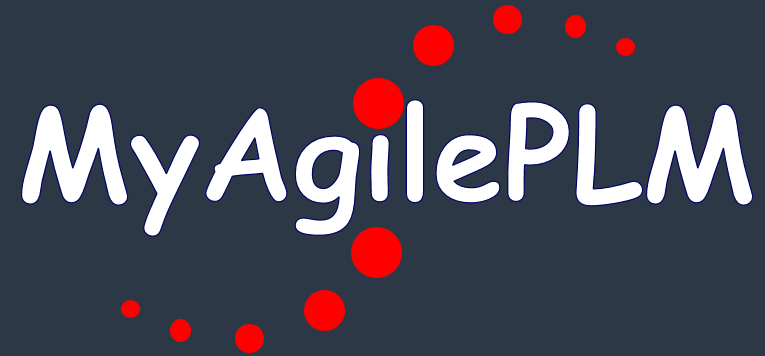2260
Points
Questions
0
Answers
170
-
You will want to look in the ITEM_HISTORY table. That table has a history of activity. Out-of-the-box, not all file (attachment) operations are recorded in history. For instance, viewing a file. If you need to capture viewing then there is a configuration setting to enable recording that in history.
This answer accepted by Alan. on March 23, 2020 Earned 15 points.
- 1034 views
- 1 answers
- 0 votes
-
- 1037 views
- 1 answers
- 0 votes
-
- 1227 views
- 2 answers
- 0 votes
-
- 1314 views
- 3 answers
- 0 votes
-
I have seen the use of document hierarchies in PLM for such needs. Think of a BOM only made up of documents. For instance, market requirements can start with global requirements at the top, regional under them and country under those. The same concept for a product hierarchy: base product info at the top with variants under them–the reverse of a product BOM.
- 1382 views
- 3 answers
- 0 votes
-
Here is a SQL procedure to delete an ATO.
—————————————————————————————
— Procedure to delete an ATO
—————————————————————————————
create or replace procedure plmdoc_deleteATO(p_ato in varchar2) is
v_id outbound.id%type;begin
select id into v_id from outbound where outbound_number = p_ato;delete page_two where id = v_id and class = 11761;
delete page_three where id = v_id and class = 11761;
delete outbound where id = v_id;delete outbound_lock where id = v_id;
delete outbound_objects where outbound_id = v_id;
delete outbound_wheresent where outbound_id = v_id;delete workflow_process where change_id = v_id;
delete change_history where change_id = v_id;
end;
/After it is installed execute like this,
PLSQL> call plmdoc_deleteATO(‘ATO000021’);
- 1384 views
- 2 answers
- 0 votes
-
Dashboard DX is like a PX. It is Java code that implements either ICustomTable or ICustomChart. It looks like you might be trying to call a URL from your Dashboard. Have you followed these instructions from the documentation?
4.3.5 Defining Custom (URL) Extensions
A Dashboard PX of the type URL is configured to initiate from Dashboard Management. When defining Custom extensions, simply select Custom as the table type. See “To Add a URL to a Tab:” below. No other mapping is required for Dashboard PX’s of type URL.
Note:
URL Process Extensions are defined in the Process Extensions Library to initiate from Dashboard Management.
To Add a URL to a Tab:
- Define a new tab, for example, Dashboard Extensions as shown above.
- In the new tab (Dashboard Extensions), click the Tables icon. The Dashboard Management – Dashboard Extensions page appears.
- In this page, click the New Dashboard Table icon to open the Create Dashboard Table dialog and define the new table.
- Select Custom from View List Type drop-down list. The Create Dashboard Table dialog displaying fields listed in the following appears.
- Complete the Create Dashboard Table dialog fields and then click OK.
Dashboard Table Description Possible Settings Name Type a name for the URL String Description Type a description String View List Type Lists types of table. Select Custom Chart, Table, Custom, Advance Search Dashboard Extension Lists all process extensions created for Custom type list. Employee Portal, Yahoo, Google, Process Extension_URLs Visible To enable in Web Client Yes/No - 1554 views
- 1 answers
- 0 votes
-
Starting with 9.3.5 (I believe) and an SSL environment, you will need to add these lines to a stand-alone program before the connect factory is called.
System.setProperty(“java.protocol.handler.pkgs”,”URL”);
System.setProperty(“ssl.SocketFactory.provider”,”url”);
System.setProperty(“UseSunHttpHandler”, “true”);
- 3125 views
- 7 answers
- 0 votes
-
- 958 views
- 1 answers
- 0 votes
-
- 1275 views
- 2 answers
- 0 votes
